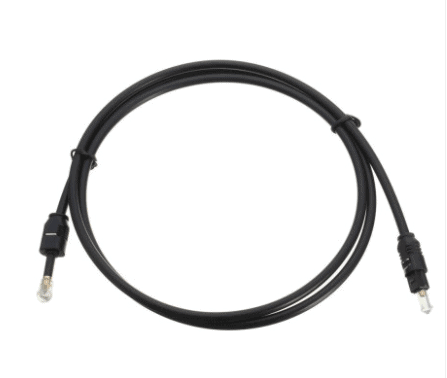

This project was designed for use with 230Vac.Īlong 3 years I have been trying several leg mechanism, at first I decided to do a simple desing with tibial motor where placed on femur joint.This design had several problems, like it wasn't very robust and the most importat is that having the motor (with big mass) that far from the rotating axis, caused that in some movements it generate unwanted dynamics to the robot body, making controlability worse.New version have both motors of femur/tibial limb at coxa frame, this ends with a very simple setup and at the same time, the heaviest masses of the mechanism are centered to the rotating axis of coxa limb, so even though the leg do fast movements, inertias won't be strong enough to affect the hole robot mass, achieving more agility.Inverse Kinematics of the mechanismAfter building it I notice that this mechanism was very special for another reason, at the domain the leg normally moves, it acts as a diferential mecanism, this means that torque is almost all the time shared between both motor of the longer limbs. This project is used as a pair, one for each audio channel. In normal operation, the pin 4 of the 55 timer will be connected to the intersection of R8 and R9 (pins 2 and 3 of the jumper) It is not intended that it will ever be used in this configuration and was more for testing purposes. The purpose if the jumper is to remove this function by tying the reset put to VCC causing the output of the 555 timer to turn off at it's own natural rate. The signal at this point is used by the reset pin of the 555 timer, and causes its output to turn off when below a certain threshold. The intention is that the voltage measured at the intersection of R8 and R9 will drop almost instantly to zero when power is removed. D4 is used as a blocking diode to prevent the stored charge from capacitor C2 from feeding back into the resistor divider network when power is removed. This is achieved using the resistor divider consisting of R8 and R9, the capacitor C19, and diode D4. When powered off, it is necessary to cause the relay to de-energize immediately with no time delay to interrupt the audio signal path before any thump is passed through.

When the timeout occurs, the relay is activated, connecting the audio output stage to the actual output of the device. When powered up, the 555 timer begins to time out. The 7812 voltage regulator derives its supply from the second bridge rectifier BR2, which also powers the output stage via the 7808 voltage regulator. The purpose of the timer circuit and relay is to prevent power on thump from occurring in other circuits downstream such as the active crossover and main amplifier within the powered speakers. The third section of the circuit includes the 7812 voltage regulator, a 55 timer and double pole relay. The signal from the output of the opto-coupler is buffered by the op-amp and fed into the third section. The second stage of the circuit includes the 7808 voltage regulator and the op-amp OPA1641. This arrangement effectively linearizes the signal. The gain of the op-amp is influenced by the signal fed back from inside the opto-coupler, and adjust the drive to the opto-coupler accordingly. The first section is the input side of the opto-isolator, and includes a 7805 voltage regulator and and op-amp OPA1641. The circuit is divided into three sections. The windings are isolated from each other. The device consists of an dual wound toroidal transformer providing 2x15Vac.

The I元00 is an opto-coupler that has an additional feedback photodiode that allows a sample of the internal LED flux to be measured and used to compensate for the non linear characteristics if the opto-coupler. I started looking at alternate ways to electrically isolate line level audio signals, and I came across the I元00 by Vishay. I wanted to avoid using transformers to achieve a more flat frequency response. The normal solution to eliminating hum if the earthing cannot be arrange in a suitable way would be to place audio isolating transformers in the line level signals. Normally an audio system will be set up in such a way that all earthing comes back to a common star point. Because powered speakers can be plugged into any electrical outlets in the house, it is not possible to know the layout of the earthing system to ensure that mains hum is not introduced. I had built a set of powered speakers but I was having problems with mains hum and noise.


 0 kommentar(er)
0 kommentar(er)
